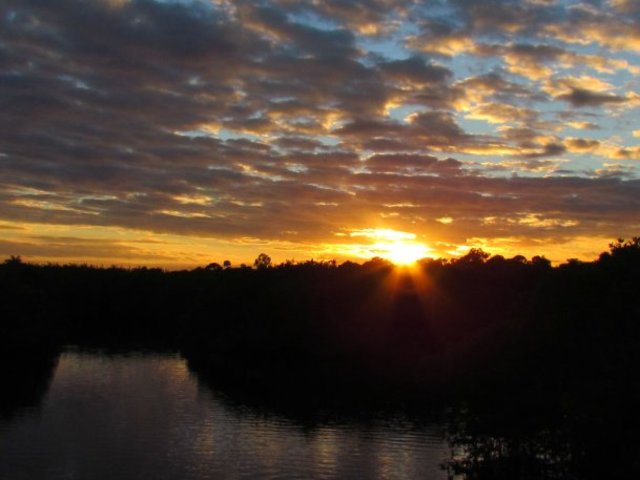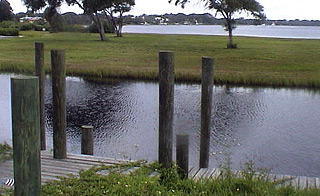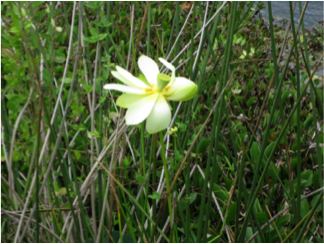TCPalm.com (link to article)
Feb 28, 2014
A new type of surface water filtration system planned for Bessey Creek may provide a model for reducing the amount of nitrogen and phosphorus carried from watershed streams into the Indian River Lagoon.
The South Florida Water Management District has identified the Bessey Creek area as one of the top 10 contributors of phosphorous into the St. Lucie Estuary.
The Hybrid Wetland/Chemical Treatment Technology system combines a chemical treatment process with conventional wetlands filtration using pond water and specially selected aquatic plants.
Only six other systems of this kind, in use since 2007, have been constructed in the state, all of them along streams in Okeechobee County north of Lake Okeechobee, said Deborah Drum, Martin County’s environmental quality manager.
Those systems have been effective in removing from 65 percent to 95 percent of phosphorous runoff, most of which comes from fertilizers, Drum told Martin County commissioners at a Jan. 7 meeting.
Commissioners unanimously agreed to a 30-year, $1 annual lease for 46 acres to the Florida Department of Agriculture and Consumer Services for the project, with the facility being county-owned when the lease expires.
“The design is still being worked out but the technology is new and has never been used in Martin County before,” Drum said. “This is going to give us a great chance to look at the cost-effectiveness of the system and consider whether we may be able to use similar systems in the future.”
State officials estimate it will cost the agency $3 million to build and operate the system, which will be adjacent to the Citrus Boulevard storm treatment area developed in 2008.
The system involves diverting and pumping a portion of the flow from Bessey Creek over a lime rock bed and mixing in a chemical such as aluminum sulfate, which settles out a large portion of the nitrogen and phosphorus. The water is further filtered in holding ponds using floating and submerged vegetation that consume more of the nutrients before the water flows back into the creek.
“This falls right into the type of effective system we’re looking for,” Drum said. “Because less land is needed, it seems like a good solution, particularly for coastal communities.”
The system could be operational in a year, Drum said.
Upon approving the land lease, Commission Chairwoman Sarah Heard and Commissioner Ed Fielding said they favored more state focus on finding the sources of nutrient pollution.
“In a year, this will be useful in moderating pollution,” Fielding said, “but we still need to determine the source.”



